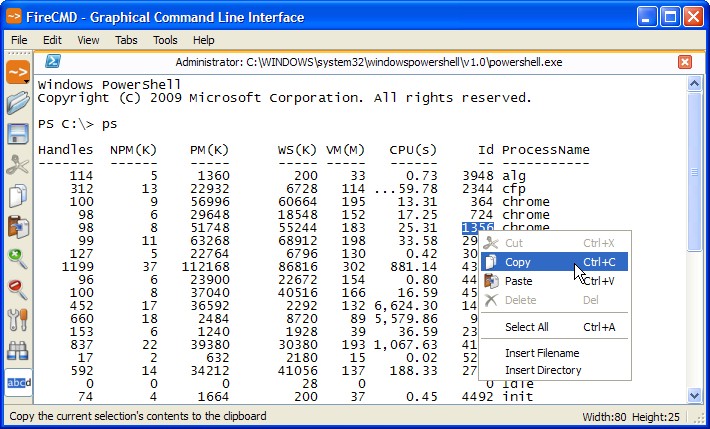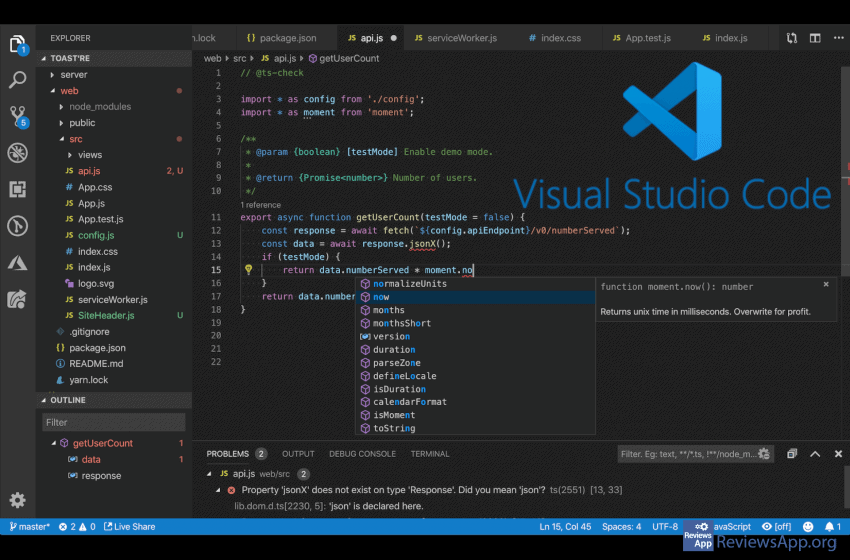
- #POWERSHELL TEXT EDITOR HOW TO#
- #POWERSHELL TEXT EDITOR CODE#
- #POWERSHELL TEXT EDITOR OFFLINE#
- #POWERSHELL TEXT EDITOR WINDOWS#
If you want to pipe your array of strings to the Export-CSV cmdlet, you will need to first convert them into objects. The saved data is shown in the following figure when viewed in Microsoft Excel. Gps | Select-Object id, processName, CPU | Export-Csv c:\fso\co.csv –NoTypeInformation This information is exported into a CSV file. I then choose only three properties from the objects: id, processName, and CPU. In the following command, I use gps (the alias for Get-Process) to return information about each process on the machine. If I do not want all of the properties, I can create a custom object by piping to the Select-Object cmdlet first. In addition, I can use the Export-CSV cmdlet to save objects and then view the properties in Microsoft Excel.
#POWERSHELL TEXT EDITOR OFFLINE#
This is shown in the following figure.īB, as shown so far, the Export-CSV cmdlet is great at taking objects and storing them in an offline format so that they can be reconstituted for later analysis and comparison. The properties are in the first line as column headers. When I open the CSV file in Microsoft Excel, each object appears on its own line. GPS winword,Excel,Outlook | Export-Csv c:\fso\procoff.csv –NoTypeInformation This technique is shown here ( GPS is an alias for the Get-Process cmdlet): If I want to save process information as a CSV file because I am planning to open the file in Excel, I use the NoTypeInformation switched parameter of the Export-CSV cmdlet. A reconstituted object is devoid of any methods. When the object is reconstituted via the Import-CSV cmdlet, all the properties stored in the file-but none of the methods-return to the object. If a property did not exist on the object, the file would be padded by commas. If more than one object were stored in the file, the remaining lines would contain additional property values. The second is the column headings, and the third contains the property values. The first is the type of object stored in the file. The complete text of the procWord.csv file is shown in the following figure.Īs shown in the preceding figure, the CSV file created by Export-CSV consists of three parts. PS C:\> $a = Import-Csv C:\fso\procWord.csv PS C:\> Get-Process winword | Export-Csv c:\fso\procWord.csv I can then use Import-CSV to reconstitute the process objects. For example, if I want to be able to analyze process information at a later date, I can use the Get-Process cmdlet to store the objects in a text file. The cmdlets are useful for working with deserialized objects. The two cmdlets are basically the same the difference is that Export-CSV will save to a text file, and ConvertTo-CSV does not.
#POWERSHELL TEXT EDITOR WINDOWS#
There are two Windows PowerShell cmdlets that work with comma-separated values: ConvertTo-CSV and Export-CSV.

To my chagrin, the second file appeared as the first. I actually deleted the file and ran the command a second time to make sure of the results. The first time I saw this, I could not believe my eyes.
#POWERSHELL TEXT EDITOR CODE#
The file created by the preceding code is shown in the following figure. However, when I look at the csvtest.csv file, the results are disappointing. $OutputString | Export-Csv C:\fso\csvTest.csv For example, if I have a string with a CSV listing, and I write it to a CSV file by using the Export-CSV cmdlet, I might use code that looks like the following: Part of the problem is that the cmdlet does not really do what you think it will.

I get this question quite a bit, unfortunately. All I want to do is save data in a CSV file, so I can open it up in Microsoft Excel. When I first saw this, I thought, “Well, now, this is cool!” But I have yet to see how cool it really is.

A case in point is the Export-CSV cmdlet. I can use Get-Process and Get-Service with no problem, but the moment I begin to think I can use this tool, I get kicked in the teeth. Hey, Scripting Guy! I have begun to play around with Windows PowerShell, and it is absolutely the most confusing thing Microsoft has ever created.

#POWERSHELL TEXT EDITOR HOW TO#
Summary: See how to use Windows PowerShell to create CSV files from formatted and unformatted text.


 0 kommentar(er)
0 kommentar(er)
